Name Jay Forrester | Role Computer scientist | |
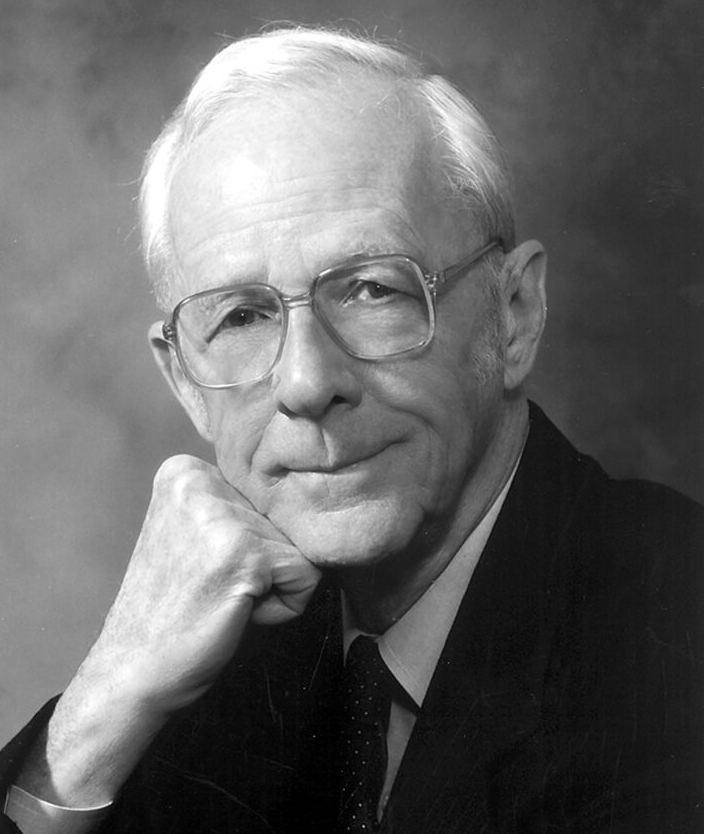 | ||
Notable awards IEEE Medal of Honor (1972)Howard N. Potts MedalNational Medal of Technology and Innovation (1989)Computer History Museum Fellow (1995) Books Industrial Dynamics, World dynamics, Urban Dynamics, Principles of systems, Collected papers of Jay W Fo | ||
Jay Wright Forrester | Wikipedia audio article
Jay Wright Forrester (July 14, 1918 – November 16, 2016) was a pioneering American computer engineer and systems scientist. He was a professor at the MIT Sloan School of Management. Forrester is known as the founder of system dynamics, which deals with the simulation of interactions between objects in dynamic systems.
Contents
- Jay Wright Forrester Wikipedia audio article
- Jay Forrester on the need for k12 education
- Life and career
- Publications
- References
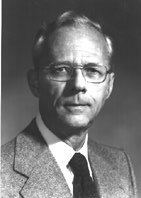
Forrester had as his colleague for a time C. Robert Wieser.
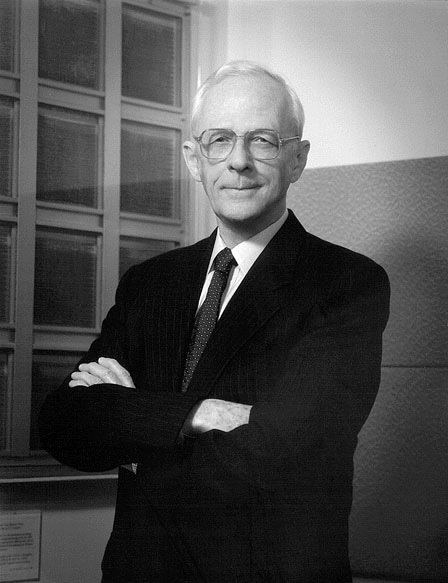
Jay Forrester on the need for k12 education
Life and career
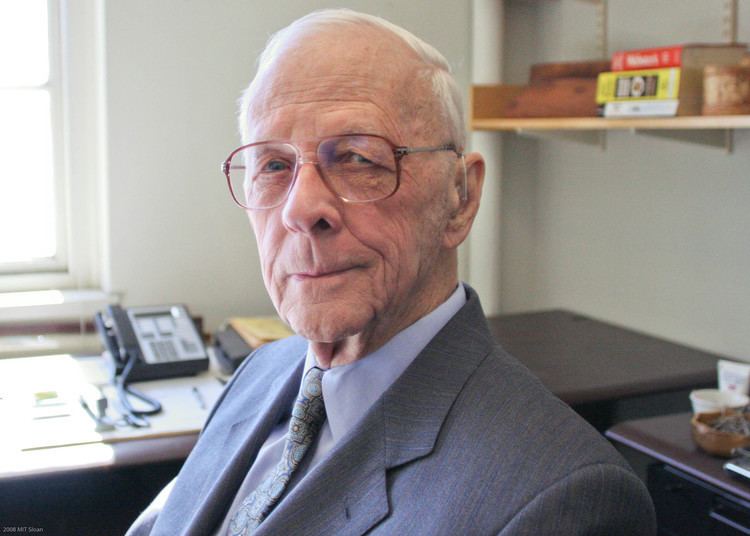
Forrester was born on a farm near Anselmo, Nebraska, where "his early interest in electricity was spurred, perhaps, by the fact that the ranch had none. While in high school, he built a wind-driven, 12-volt electrical system using old car parts—it gave the ranch its first electric power."
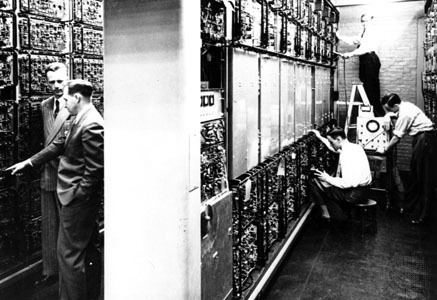
Forrester received his Bachelor of Science in Electrical Engineering in 1939 from the University of Nebraska–Lincoln, was inducted in 1949 into Eta Kappa Nu (HKN) the Electrical & Computer Engineering Honor Society, and went on to graduate school at the Massachusetts Institute of Technology, where he would spend his entire career. During the 1940s and early 50s, he did research in electrical and computer engineering, heading the Whirlwind project, perfecting magnetic-core memory, and developing the "multi-coordinate digital information storage device" (coincident-current system), the forerunner of today's RAM. He is also believed to have created the first animation in the history of computer graphics, a "jumping ball" on an oscilloscope.
In 1956, Forrester moved to the MIT Sloan School of Management, where he was Germeshausen Professor Emeritus and Senior Lecturer. In 1961, arising from a project with General Electric, he wrote about the expanding effects down the supply chains due to fluctuations in demand, thenceforth known as the "Forrester effect" or bullwhip effect. In 1982, he received the IEEE Computer Pioneer Award. In 1995, he was made a Fellow of the Computer History Museum "for his perfecting of core memory technology into a practical computer memory device; for fundamental contributions to early computer systems design and development". In 2006, he was inducted into the Operational Research Hall of Fame.
Forrester was the founder of system dynamics, which deals with the simulation of interactions between objects in dynamic systems. Industrial Dynamics was the first book Forrester wrote using system dynamics to analyze industrial business cycles. Several years later, interactions with former Boston Mayor John F. Collins led Forrester to write Urban Dynamics, which sparked an ongoing debate on the feasibility of modeling broader social problems.
The urban dynamics model attracted the attention of urban planners around the world, eventually leading Forrester to meet a founder of the Club of Rome. He later met with the Club of Rome to discuss issues surrounding global sustainability; the book World Dynamics followed. World Dynamics took on modeling the complex interactions of the world economy, population and ecology, which was controversial (see also Donella Meadows and Limits to Growth). It was the start of the field of global modeling. Forrester continued working in applications of system dynamics and promoting its use in education.
Publications
Forrester has written several books, articles and papers. Books, a selection:
Articles and papers, a selection:
